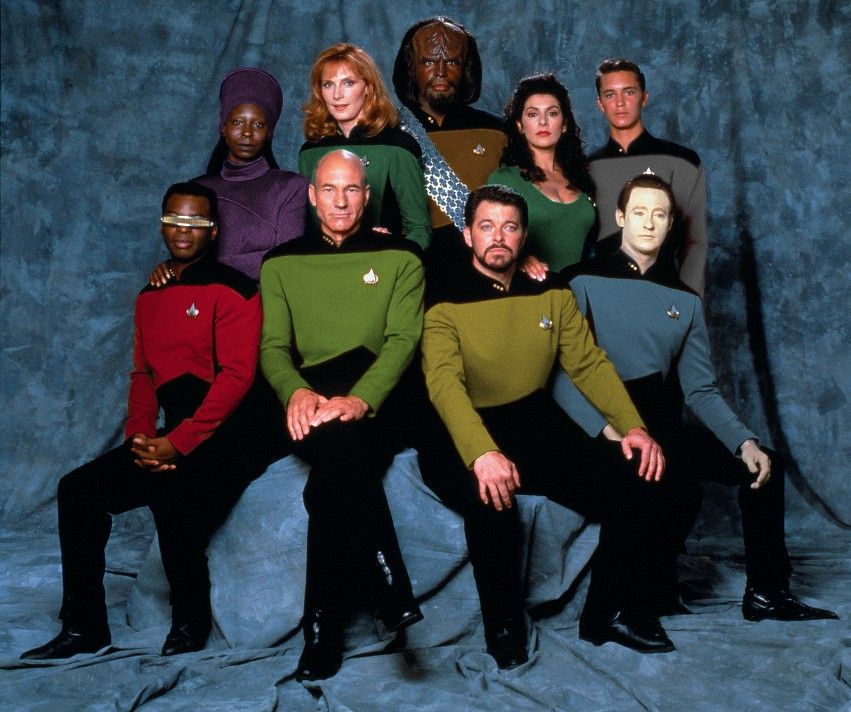...
perfectly okay, because Red-Yellow-Blue is an alternative three primary color scheme
...
As a kid, I figured that yellow & blue & red was a four-color, comic book-ish approximation of the Olympic medal metals in descending order, namely gold & silver & bronze.
Almost works, though green complicates things.
Interesting idea.

I believe red-green-blue are simply attractive to the human eye (hence why they are the primary colors in the spectrum). Our brains are wired to perceive these colors more vibrantly than other pigmentations and variants.
A fourth color, although more logical for the 'verse, isn't so logical from the artistic viewpoint, as it would unbalance the three primary colors (red-gold-blue are each distinct, but whatever color #4 ended up being it would've been based on a pigment of two of the primary colors, throwing off the unique balance that three colors gives us.)
To use your own analogy, imagine if there were
four medals: let's say Gold, Silver, Bronze and Aqua. Feels wrong somehow, doesn't it.

There's a strange kind of psychological effect in the number 3, which 2 and 4 don't have.
I don't doubt Ware Theiss was using the science as a backdrop for his color choices, though it's worth noting that the
specific allocation of colors was based on how good they looked on the actors. Which is why Spock went back to his original science blue after they changed him to command gold(ish) in 'Where No Man Has Gone Before', and why Uhura was switched to Red rather than Gold after a couple episodes, and why command and operations got switched over completely for TNG onwards, because it was determined that Patrick Stewart looked better in Red and Brent Spiner looked better in Gold.





 There's a strange kind of psychological effect in the number 3, which 2 and 4 don't have.
There's a strange kind of psychological effect in the number 3, which 2 and 4 don't have.